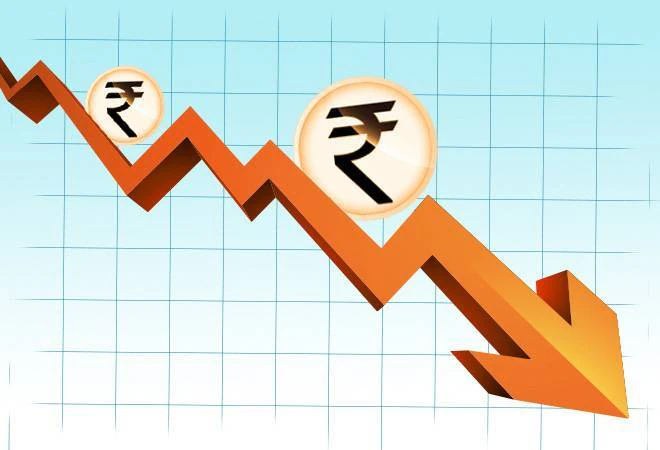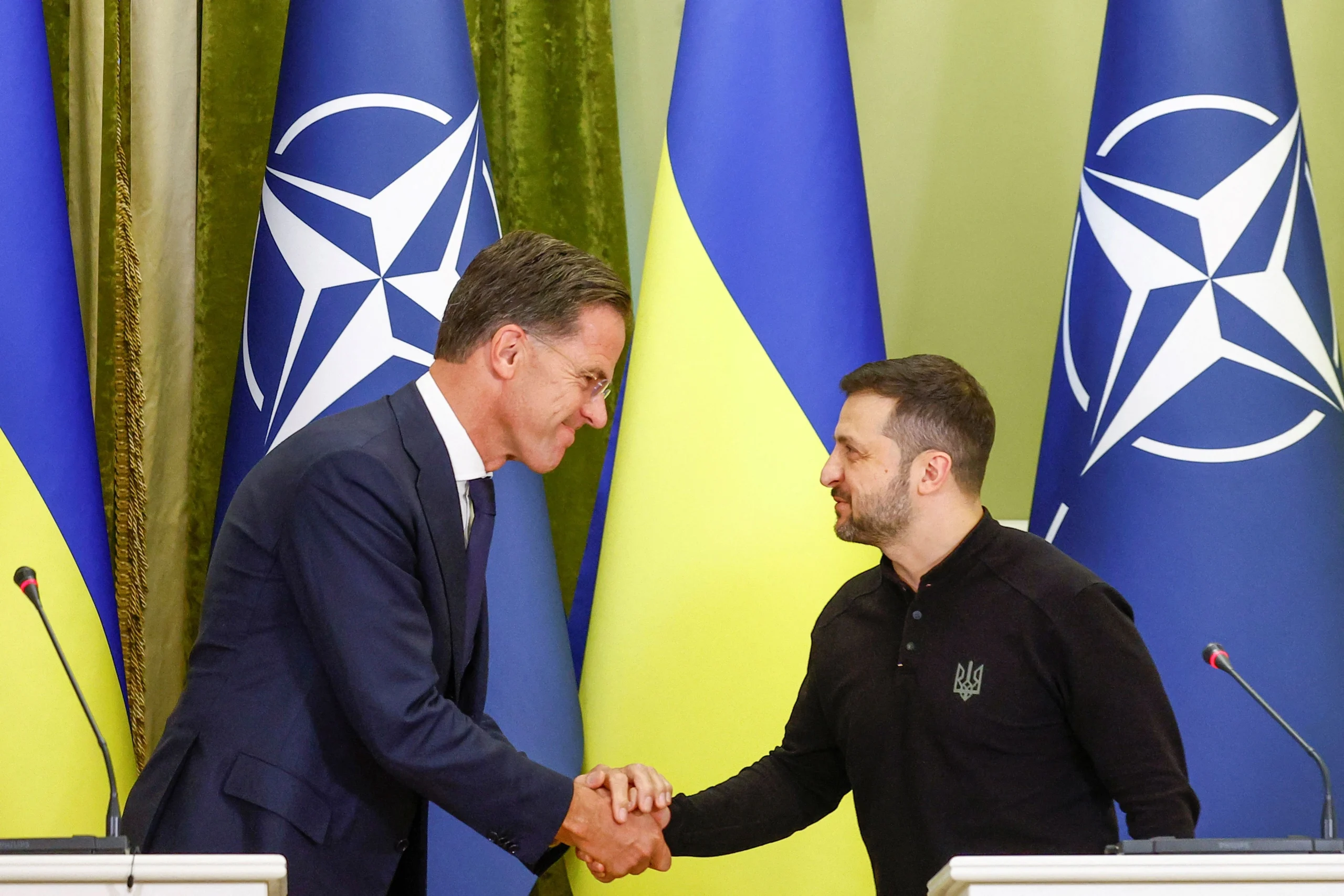Nepal at a Crossroads: Struggles with Aid, Corruption, and Political Uncertainty
Introduction: The Impact of U.S. Aid Suspension
The recent decision by U.S. President Donald Trump to halt $39 million in USAID support and suspend the $550 million Millennium Challenge Corporation (MCC) compact has sent shockwaves through Nepal. These funds were crucial for fiscal federalism, biodiversity conservation, and large-scale infrastructure projects. Nepal had already spent $190 million in preparation for the MCC, only to find itself in limbo, unsure if the funding will be reinstated.
The aid cuts have struck Nepal at a critical moment. Many NGOs, businesses, and government programmes relied on U.S. support. With these funds frozen, development projects have stalled, and economic activities linked to international aid—such as hospitality, retail, and transportation—have taken a hit. Even more worrying is the perception that U.S. aid came with hidden agendas, particularly allegations that it influenced Nepal’s constitution and promoted “atheism.” These revelations have fuelled political unrest and distrust among the people.
Economic Consequences: A Nation in Decline
Beyond the direct impact of aid suspension, Nepal’s economy faces significant structural challenges. The country was recently placed on the Financial Action Task Force (FATF) “Grey List” due to weak financial regulations and concerns over money laundering. This designation discourages foreign investment, increases the cost of doing business, and damages Nepal’s international reputation. Already, businesses are feeling the effects, with capital flight and declining investor confidence.
Meanwhile, Nepal’s remittance-based economy is under strain. With nearly a quarter of the country’s GDP coming from Nepalis working abroad, financial restrictions and global economic instability make remittances more uncertain. Youth unemployment remains high, pushing many to seek opportunities overseas, further draining Nepal of its talent and workforce.
One of the few bright spots in Nepal’s economy has been its hydropower potential. Agreements with India and Bangladesh to export electricity have opened new revenue streams. However, these projects depend on political stability and continued investment, both of which are now in jeopardy. The suspension of the MCC grant further complicates hydropower expansion, as it included key infrastructure developments in power transmission and roads.
Corruption and Governance Failures
While external factors have exacerbated Nepal’s crisis, the country’s own leadership bears much of the responsibility. Corruption remains rampant, with scandals surrounding high-level officials, including both past and present prime ministers. The mismanagement of foreign aid, accusations of bribery, and misuse of public funds have triggered mass protests, with citizens demanding accountability.
Transparency International’s latest corruption index places Nepal in an even worse position than before, highlighting governance failures at every level. Instead of addressing these issues, the government has attempted to consolidate control, moving investigative agencies under direct political influence. These actions have backfired, further fuelling public anger and deepening political divides.
Adding to the turmoil is the country’s fragile democracy. Since the monarchy was abolished in 2008, Nepal’s governance has been dominated by a rotating group of political elites—Sher Bahadur Deuba, Pushpa Kamal Dahal ‘Prachanda,’ and K.P. Sharma Oli—who have repeatedly taken turns in power. Their failure to implement lasting reforms has led to growing disillusionment among the people.
The Return of Monarchist Sentiments
Amidst this political chaos, former King Gyanendra Shah has re-emerged as a voice of concern. In a message on Democracy Day, he called for national unity and reconciliation, positioning himself as a potential alternative to the current dysfunctional political system. His statement resonated with many Nepalis who feel betrayed by the political class and are nostalgic for the stability of the past monarchy.
Although many young Nepalis and marginalised communities reject the idea of returning to autocracy, Gyanendra’s appeal has gained traction, especially among those disillusioned with corruption and economic hardship. His message has sparked debates on whether Nepal’s transition to a federal secular republic was truly beneficial or if it led to more instability and division.
Political parties could have ignored his remarks, but the timing—coinciding with the revelations about U.S. aid and corruption—has forced them to respond. While some have dismissed his comments outright, others recognise the growing support for a return to monarchy as a symptom of the broader crisis.
Geopolitical Pressures: Walking a Tightrope Between India, China, and the U.S.
Nepal’s geopolitical position makes it a strategic player in South Asia. Sandwiched between two regional giants, India and China, it must balance its foreign relations carefully. The MCC compact was seen as a sign of deepening U.S.-Nepal ties, but it also drew criticism from China, which views such agreements as a counter to its Belt and Road Initiative (BRI). With U.S. aid now uncertain, Nepal may look to China for alternative funding, but this comes with its own risks, including debt dependency.
India remains Nepal’s closest economic partner, with open borders and strong trade relations. However, India’s influence is often viewed with suspicion by Nepalis, who worry about economic and political interference. The recent agreements on hydropower exports to India and Bangladesh are positive steps, but Nepal must ensure that its own interests are protected in these deals.
Meanwhile, some analysts believe the U.S. may use aid as a bargaining tool to pressure Nepal into reducing its engagement with China. This places Nepal in a difficult position, as it cannot afford to alienate either major power. To maintain its sovereignty and independence, Nepal must continue its policy of non-alignment while strengthening its domestic economy and governance.
The Role of Civil Society and Protest Movements
In response to these crises, Nepal has seen a surge in protests and civil unrest. Citizens are taking to the streets, demanding action against corruption and better governance. Protesters are not just opposition parties but also ordinary people—students, business owners, and workers—who are frustrated with the state of the country.
The government’s response has been harsh, with internet shutdowns, arrests, and crackdowns on dissent. Such measures only deepen public anger and reinforce the perception that the government is more interested in self-preservation than in addressing real problems. If the leadership continues to ignore these demands, Nepal risks descending into even greater instability.
A Path Forward: Reform, Stability, and Development
Nepal’s current crisis is a result of both external and internal failures. While foreign aid has played a role in shaping the country’s trajectory, the real solution lies in strong domestic reforms. The government must prioritise:
- Anti-Corruption Measures: Independent investigations into corruption scandals must be carried out, and those responsible—regardless of political affiliation—must be held accountable. Strengthening institutions like the Commission for the Investigation of Abuse of Authority (CIAA) will be crucial.
- Economic Reforms: To reduce dependence on foreign aid, Nepal must create a more business-friendly environment, encourage local investment, and diversify its economy beyond remittances and hydropower.
- Political Stability: Meaningful electoral and governance reforms are needed to break the cycle of elite domination. This includes stronger democratic institutions and more inclusive representation.
- Balanced Foreign Policy: Nepal should continue its strategy of non-alignment, ensuring that international partnerships are based on national interest rather than geopolitical pressure.
Conclusion
Nepal stands at a crossroads, facing challenges that could determine its future for decades to come. The suspension of U.S. aid, coupled with economic struggles, corruption scandals, and political uncertainty, has created a volatile situation. While some see the return of the monarchy as a solution, others argue that real change must come from within the democratic system.
For Nepal to emerge stronger, it must address corruption, stabilise its economy, and reaffirm its commitment to democratic principles. Only by tackling these issues head-on can Nepal hope to achieve the stability, prosperity, and independence that its people aspire to.


